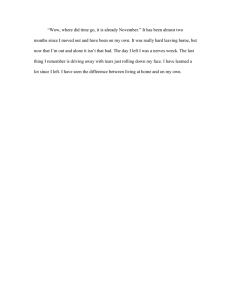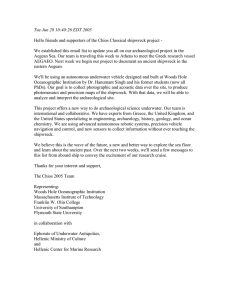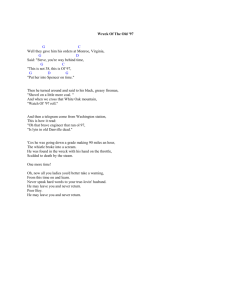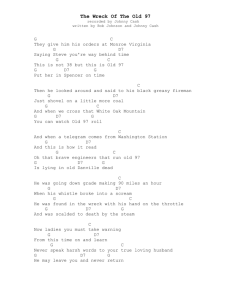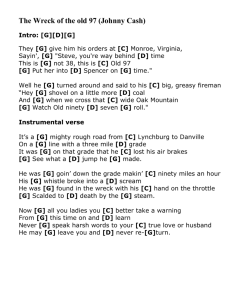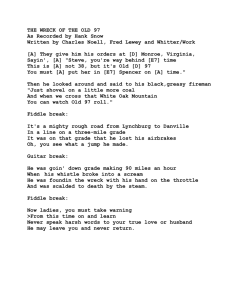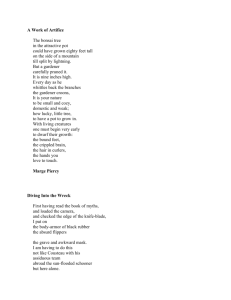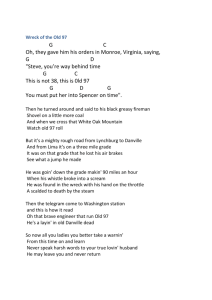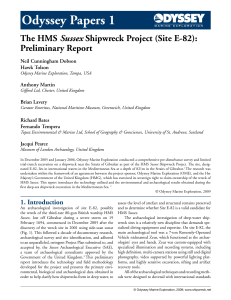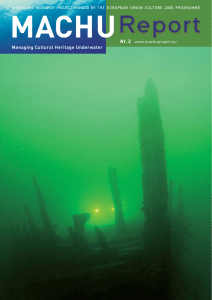Update 5 - Gravy
advertisement
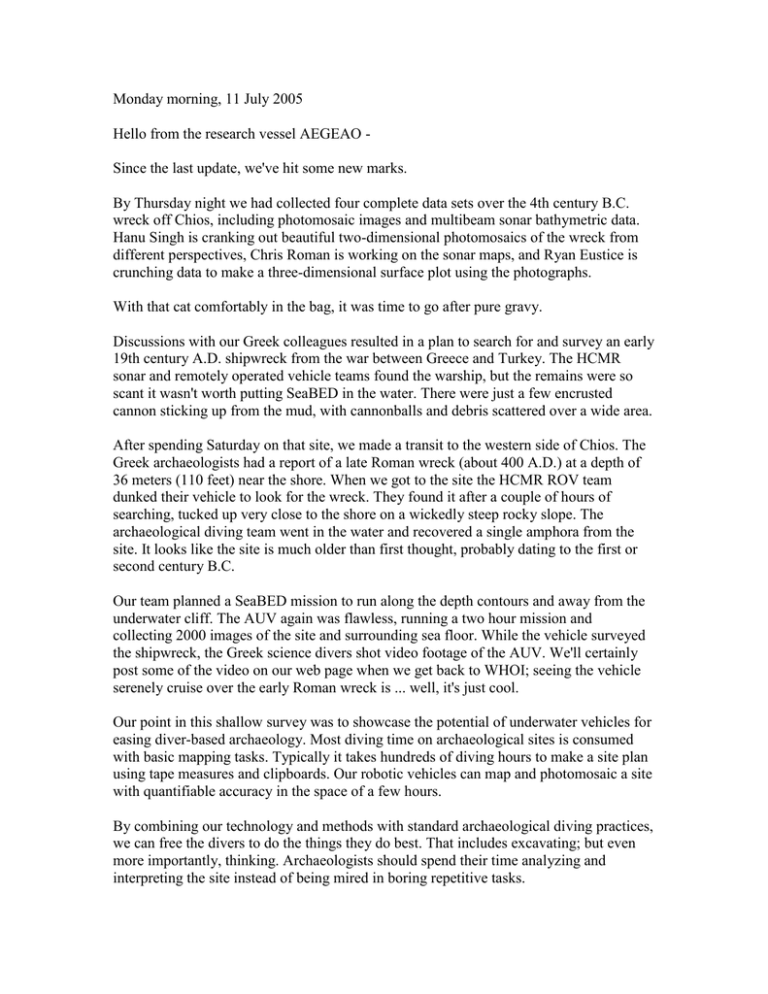
Monday morning, 11 July 2005 Hello from the research vessel AEGEAO Since the last update, we've hit some new marks. By Thursday night we had collected four complete data sets over the 4th century B.C. wreck off Chios, including photomosaic images and multibeam sonar bathymetric data. Hanu Singh is cranking out beautiful two-dimensional photomosaics of the wreck from different perspectives, Chris Roman is working on the sonar maps, and Ryan Eustice is crunching data to make a three-dimensional surface plot using the photographs. With that cat comfortably in the bag, it was time to go after pure gravy. Discussions with our Greek colleagues resulted in a plan to search for and survey an early 19th century A.D. shipwreck from the war between Greece and Turkey. The HCMR sonar and remotely operated vehicle teams found the warship, but the remains were so scant it wasn't worth putting SeaBED in the water. There were just a few encrusted cannon sticking up from the mud, with cannonballs and debris scattered over a wide area. After spending Saturday on that site, we made a transit to the western side of Chios. The Greek archaeologists had a report of a late Roman wreck (about 400 A.D.) at a depth of 36 meters (110 feet) near the shore. When we got to the site the HCMR ROV team dunked their vehicle to look for the wreck. They found it after a couple of hours of searching, tucked up very close to the shore on a wickedly steep rocky slope. The archaeological diving team went in the water and recovered a single amphora from the site. It looks like the site is much older than first thought, probably dating to the first or second century B.C. Our team planned a SeaBED mission to run along the depth contours and away from the underwater cliff. The AUV again was flawless, running a two hour mission and collecting 2000 images of the site and surrounding sea floor. While the vehicle surveyed the shipwreck, the Greek science divers shot video footage of the AUV. We'll certainly post some of the video on our web page when we get back to WHOI; seeing the vehicle serenely cruise over the early Roman wreck is ... well, it's just cool. Our point in this shallow survey was to showcase the potential of underwater vehicles for easing diver-based archaeology. Most diving time on archaeological sites is consumed with basic mapping tasks. Typically it takes hundreds of diving hours to make a site plan using tape measures and clipboards. Our robotic vehicles can map and photomosaic a site with quantifiable accuracy in the space of a few hours. By combining our technology and methods with standard archaeological diving practices, we can free the divers to do the things they do best. That includes excavating; but even more importantly, thinking. Archaeologists should spend their time analyzing and interpreting the site instead of being mired in boring repetitive tasks. Today our team has a much-deserved day off while the HCMR scientists hold seminars with undergraduates from the Greek oceanographic university. Tonight we'll be back at our work, deploying Dr. Rich Camilli's mass spectrometer on a shipwreck. We hope to detect the chemical signatures of materials on the 4th century B.C. wreck with Rich's chemical sniffer. No one has ever done this sort of thing before, so we're all curious to see the results. From a relaxed and happy ship, The Chios 2005 Team Representing: Woods Hole Oceanographic Institution Massachusetts Institute of Technology Franklin W. Olin College University of Southampton Plymouth State University in collaboration with Ephorate of Underwater Antiquities, Hellenic Ministry of Culture and Hellenic Center for Marine Research
